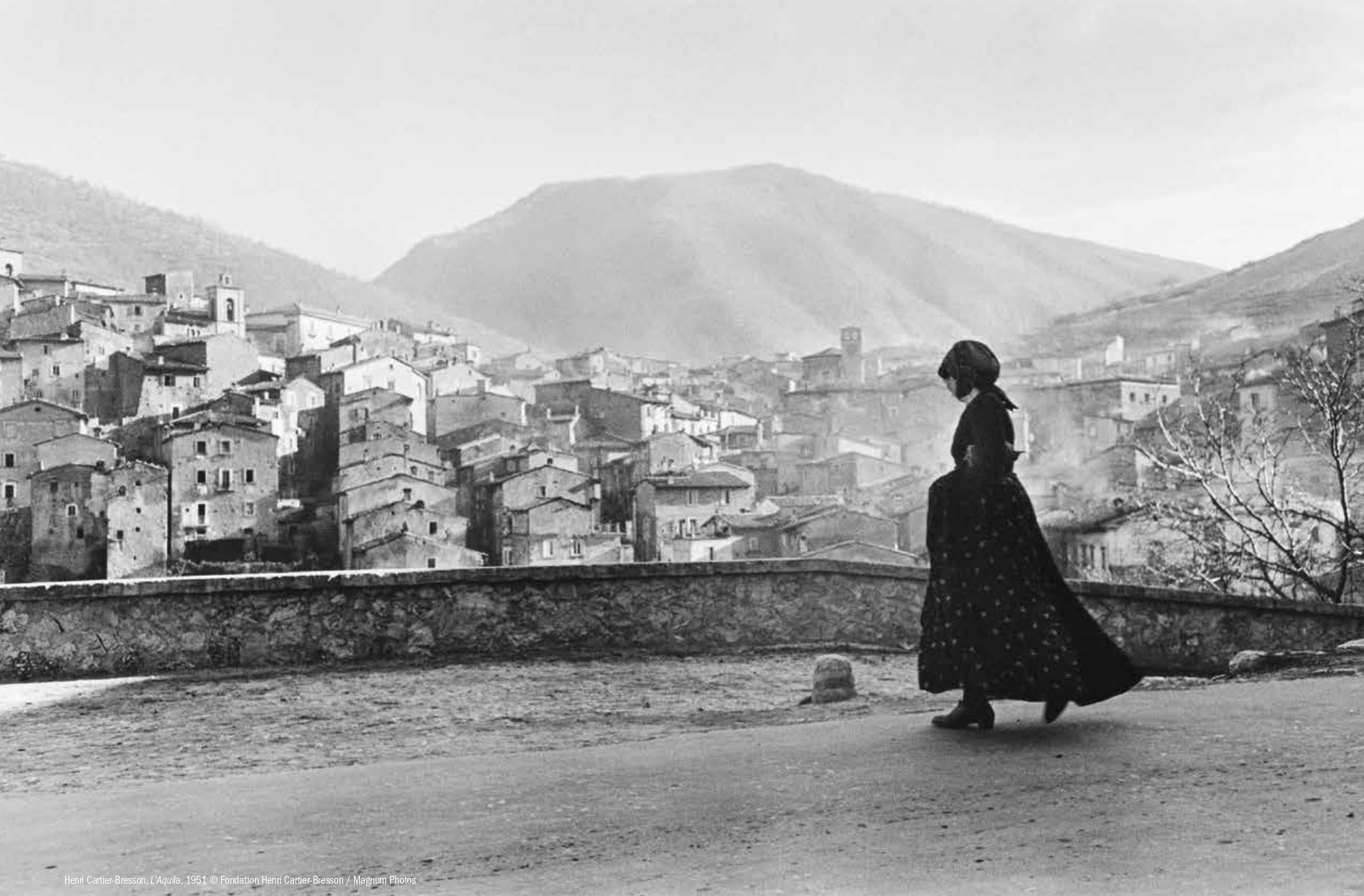
Henri Cartier Bresson at the Palazzo Roverella
Palazzo Roverella in Rovigo, like every year, marks the end of summer by opening the Autumn Season with prestigious photographic exhibitions. From 28 September to 26 January the most important Italian monographic exhibition on Henri Cartier-Bresson will be open to the public, focusing on the long relationship between the French master and our country.
The exhibition, promoted by the Cassa di Risparmio di Padova e Rovigo Foundation with the Municipality of Rovigo and the Accademia dei Concordi, Concordi, with the support of Intesa Sanpaolo, is created in collaboration with the Fondation Henri Cartier-Bresson of Paris and the Fondazione CAMERA – Italian Center for Photography in Turin, curated by Clément Chéroux, and Walter Guadagnini, directors of the respective Foundations.
Through around 200 photographs and numerous documents, newspapers, magazines, volumes, letters, the exhibition retraces the stages of a relationship that began in the 1930s and continued until the 1970s. The exhibition chronologically follows the travels of Cartier-Bresson (born 1908) starting from the first, in the 1930s, in the company of his friend André Pieyre de Mandiargues, a young poet and writer, and his partner, the painter Leonor Fini. Precisely on this journey, the photographer took some of his most famous images, all of which are present in the opening section of the exhibition.
On his second trip, at the beginning of the 1950s, Cartier-Bresson visited Abruzzo and Lucania, then lands of great cultural and sociological interest, having the writer and painter Carlo Levi as his guide in understanding Southern Italy. Cartier-Bresson returned to Italy several times between the fifties and sixties, creating services for the great illustrated magazines of the time, including “Holiday” and “Harper’s Bazaar”, dedicated above all to Rome, Naples, Venice, as well as Ischia and the Sardinia, focusing his gaze on the habits and customs of the country and its inhabitants. It is no coincidence that some of these images converge in one of the photographer’s best-known books, “Les Européens” (1955), which tells the story of the new Europe which is now in full development after the tragedy of the Second World War. The exhibition ends with images from the early Seventies dedicated to Matera, a return to the places frequented twenty years earlier, which also bring out the dissonance between the advance of modernity and the persistence of local identities, and on the world of industrial work between Olivetti and Alfa Romeo.
The exhibition is made up of vintage works from the Fondation Cartier-Bresson, and is supported by explanatory texts in each room and by a catalogue, published by Dario Cimorelli Editore.
An unmissable opportunity to reach the “Terre fra Adige-Po” not only to visit the exhibition, but also to spend a few days of holiday discovering the historical-artistic heritage of Rovigo and the many nearby villages where you can find villas-palaces, museums large and small, sacred places without forgetting nature and the flavors of earth and water that the “Terre fra Adige-Po” can offer with taste and spirit.
Holiday information – info@terrefraadigepo.com
Exhibition ticket information – www.palazzoroverella.com